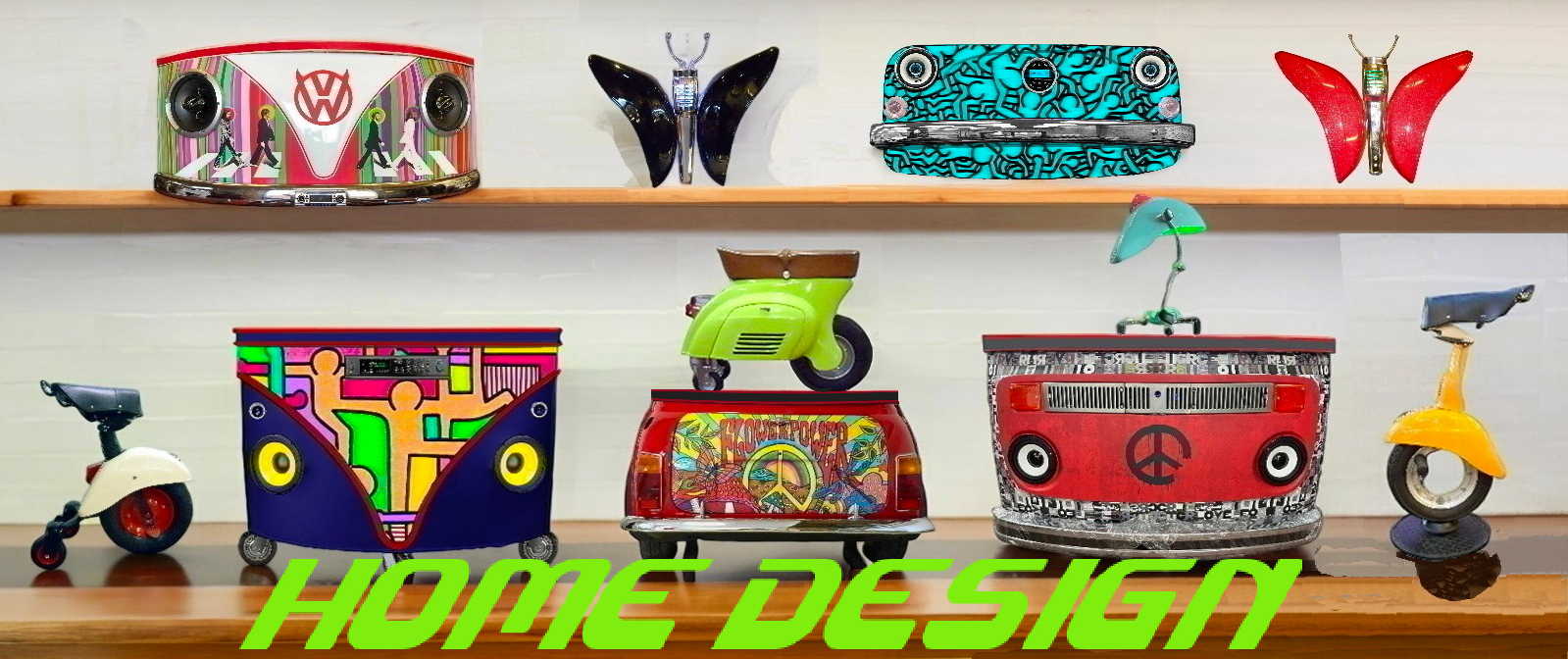Gallery
Electric Porsche 911-912-964-993 1974 RSR Tribute
The electrical conversion of the Porsche: 911-912-964-993 takes place faithfully following the international regulations relating to electrical conversions. For this reason the electrification process is carried out with two different technologies, in Europe a Crate engine is installed connected to the car gearbox and it is possible to convert the cars by mounting an electric motor that has the same power in KW as the previous endothermic engine. For non-European countries it is possible to convert to electric installing a complete system supplied by Tesla. The system includes a Dual engine housing that develops a power of HP550, two battery packs are installed in the front and rear compartment, these housings allow the car to have the weights better balanced between the axles, now at 55% rear and 45% front. The Tesla system is complete so every Porsche converted with this system is equipped with an inverter, electrical system, Fast Recharger and a range of about 200 miles (320 kms). Any conversion we build maintain structural integrity; conversion is reversable, maintaining value & options into any kind of future trends.
We install perfectly the complete components usually installed on the Tesla S. This unit will run up to 400 Volts and 400 kW, delivering more powerof the other packages available. The system is composed by the Tesla motor, inverter, gear box, and control unit (EV Controls), throttle pedal, throttle pedal plug and pins, brake switch, brake switch plug and pins, encoder plug and pins, inverter plug and pins, axle clips, 2 axles, pre-charge relay, and pre-charge resistor.Max Current: Up to 1000 Amps Rated Power: Up to 400kW Input Voltage: 275-400 Volts Length: 25 Inch Width: 34 Inch Height: 12 Inch Axle Width: 35 Inch Weight: 295 Lbs Precharge Circuit: Built In Warranty Period: 1 Year.
Traction Control
Our traction control system uses a high resolution GNSS module we developed, along with our software, to modulate torque under acceleration and regenation conditions and maintain drive wheel traction at the limit of what is available. To use the traction control features, we install the EV-controls GNSS module and connect it to the CAN bus. The software monitors data coming from the module, and when a valid signal is available, traction control will be enabled. Drivers can monitor the status of the traction control in the dash app. An icon at the top of the left power gauge will either display “no TC”, “TC on”, or “TC active” when the system is limiting torque for longer periods. All drivers can also disable/enable the traction control. This can be useful to satisfy juvenile tendencies that may present themselves, and perform emergency maneuvers (ie. burnouts and doughnuts).
Traction control will never be enabled unless a valid GPS signal is available, so you can disable traction control entirely by
simply switching off the GNSS module
Countries and Equipement Specifications
Following current regulations, the complete Tesla system with a power of 550 hp is only available for non-European countries, (UK is ok). For the European countries, the vehicles are built installing Crate engines directly in the original transmission providing the same powers of the previous endothermic engines, so the power may vary between HP 100 (912) and HP 272 (993). The installation of Crate motors allow to match international regulation, by installing an electric motor of the same power as the previous endothermic. The motor is installed in axis on the original transmission by means of a specific coupling flange. So the cars with this system still have the gearbox working, the owner selects a suitable gear with the route that includes starting from a stationary or traveling or along long descents the best gear is selected to have more or less engine brake or acceleration which corresponds to a greater energy recovered during the accelerator releases.







